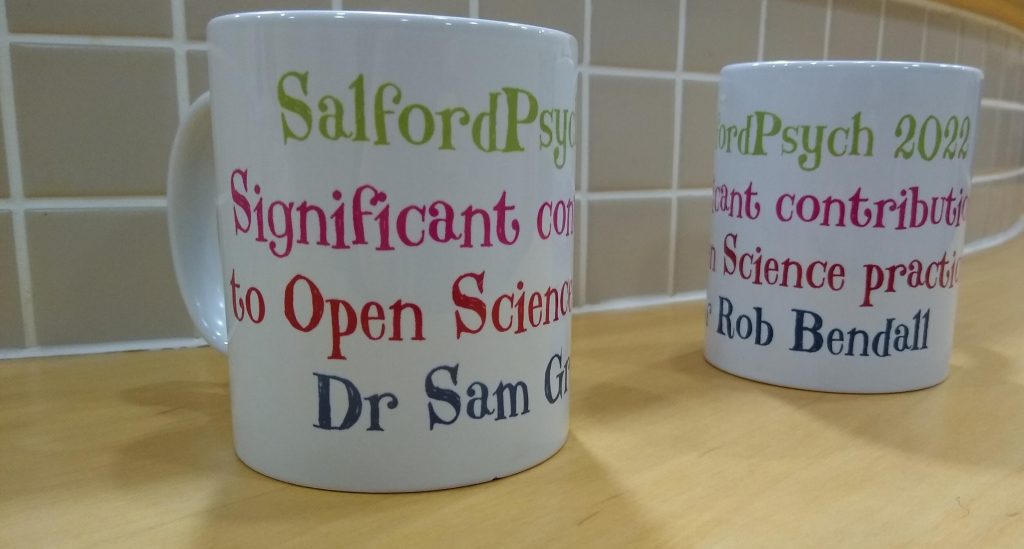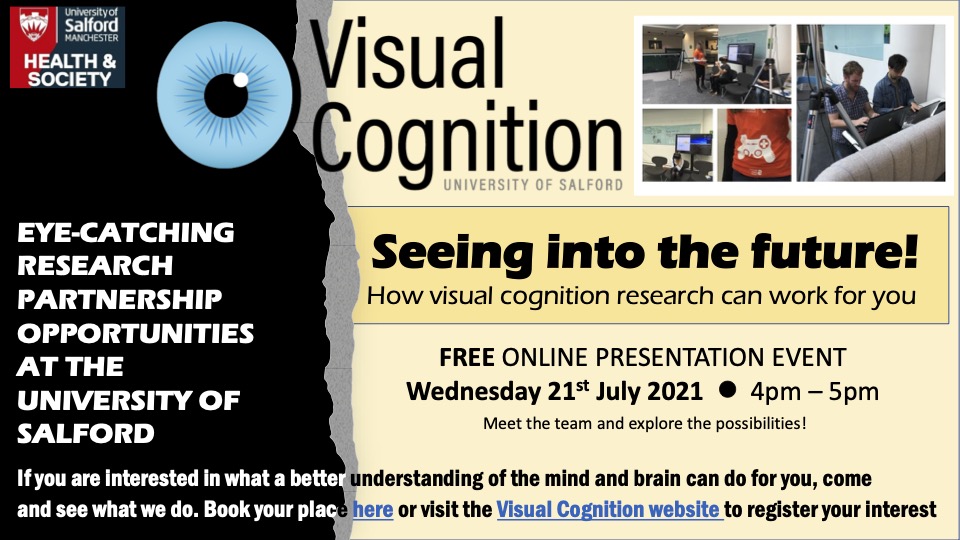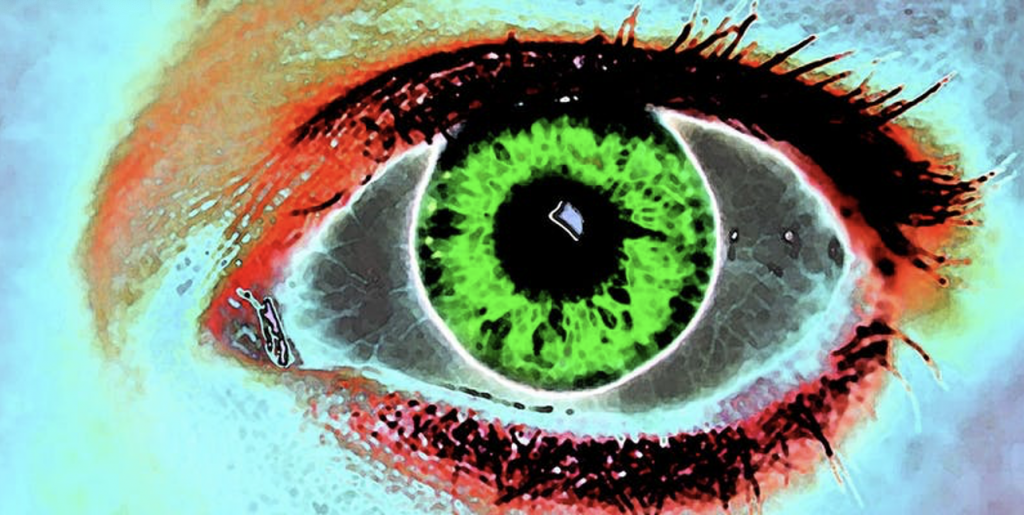James Dodds, who graduated from University of Salford in 2022 with a BSc (Hons) in Psychology has spent the last 5 and a half months on a paid internship with the Applied Cognition Group, under the supervision of Dr Samantha Gregory. James has written the following piece describing his experience of the internship.

After completing my psychology undergraduate degree at the university, I left with a keen interest in research. However, like many others, not having any ideas for what my next steps were. When I saw the GAP internship programme, I thought it would be a good chance to gain some valuable experience in a topic I was interested in, and also weigh up the options for my future. The GAP programme is aimed at recent Salford graduates and helps provide relevant experience for a chosen career. Alongside this, the GAP team provide weekly careers and development workshops and match you with a mentor and careers advisor to help you throughout the internship.
Working with Dr Samantha Gregory has been an amazing experience, with my main role being to recruit participants and collect data for a study looking at gaze cueing effects and working memory. This utilized a VR headset to place participants in a realistic setting where they completed a memory task. Engaging first hand with participants and seeing the study progress has been exciting to be a part of and something I look forward to pursuing further in the future.
I was also welcomed into the applied cognition research group and attended bi-weekly meetings, which ultimately led to being involved in a group project developing a database of nature images to be used in research involving attentional restoration. My contributions included creating a search procedure for images to be used in the database, curating the collected images for the final database, and assisting with various other aspects within the project.
As part of this, I participated in a writing retreat where we attempted to follow a paper in a day plan. We split into groups, depending on where we felt we were most useful, and managed to get the majority of a first draft written in one day.
Another task I undertook was the development of a volunteer database, this involved researchers across the school of health and society and a large part of this included altering operating procedures with hopes to sign volunteers up entirely online. I was also involved in some administrative tasks for the project including filling application forms and preparing social media advertisements.
Alongside the work tasks, I was regularly offered opportunities and experiences that I would not have been able to do otherwise. Including attending a training day for psychophysiological equipment, the North West Visual Cognition conference held in MediaCityUK and numerous talks held at the university. As well as this I was able to complete multiple online courses during the internship to aid my professional development mainly focussed around learning Python.
Overall, the internship was more than I could have hoped for and I’ve enjoyed every minute of it. Finally, I want to thank Dr Samantha Gregory for the opportunity to work with her, and also thank the Psychology department for making me feel very welcome and providing lots of support over my time here.









